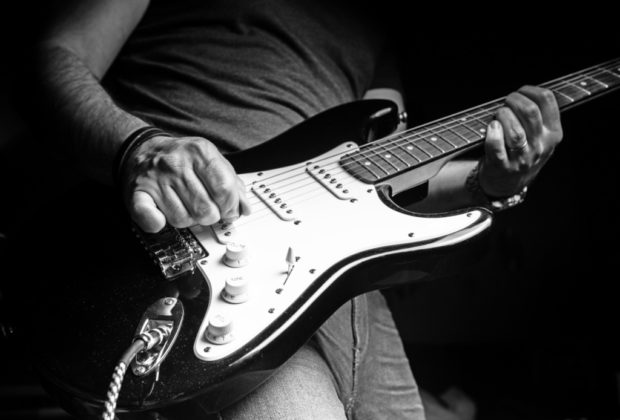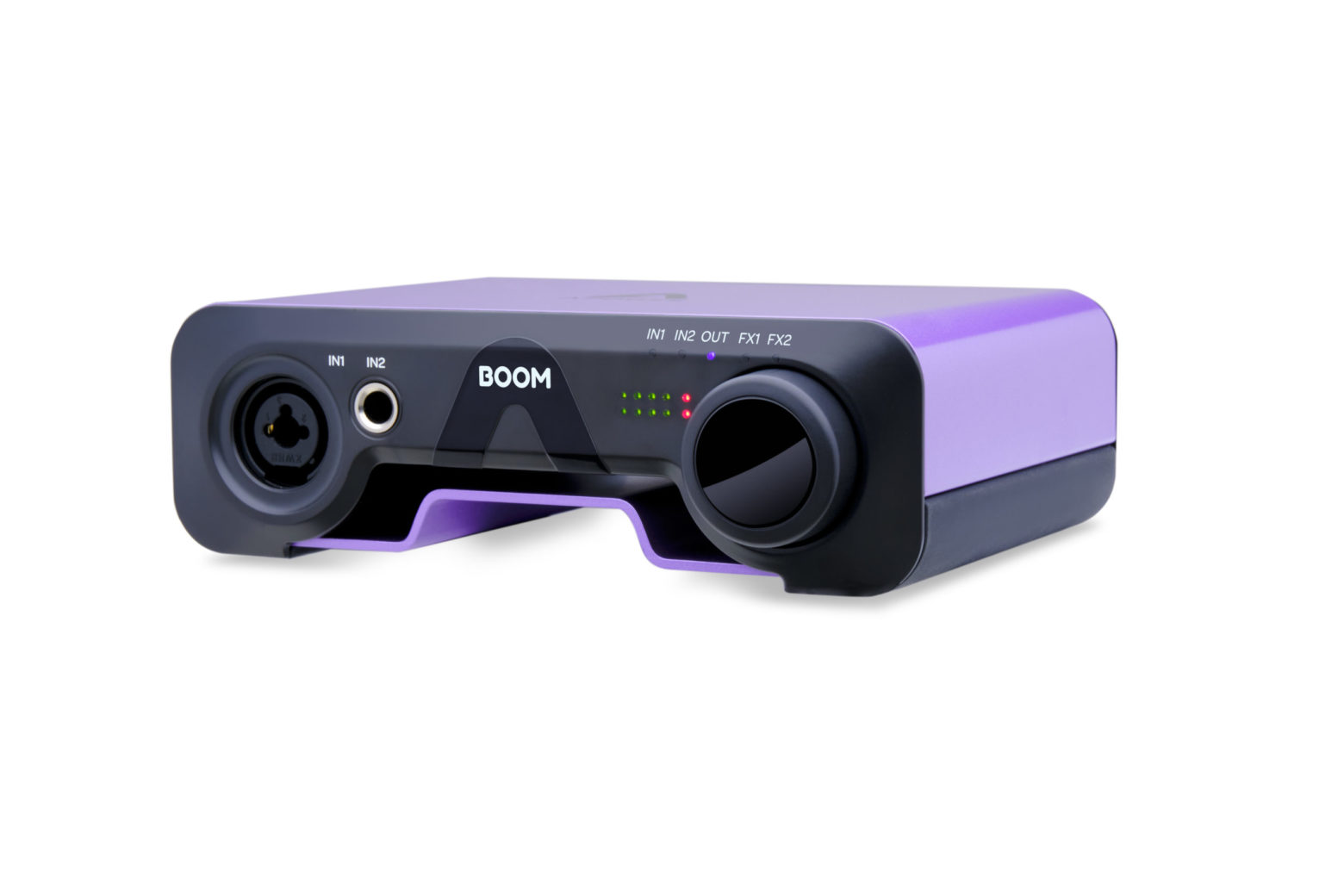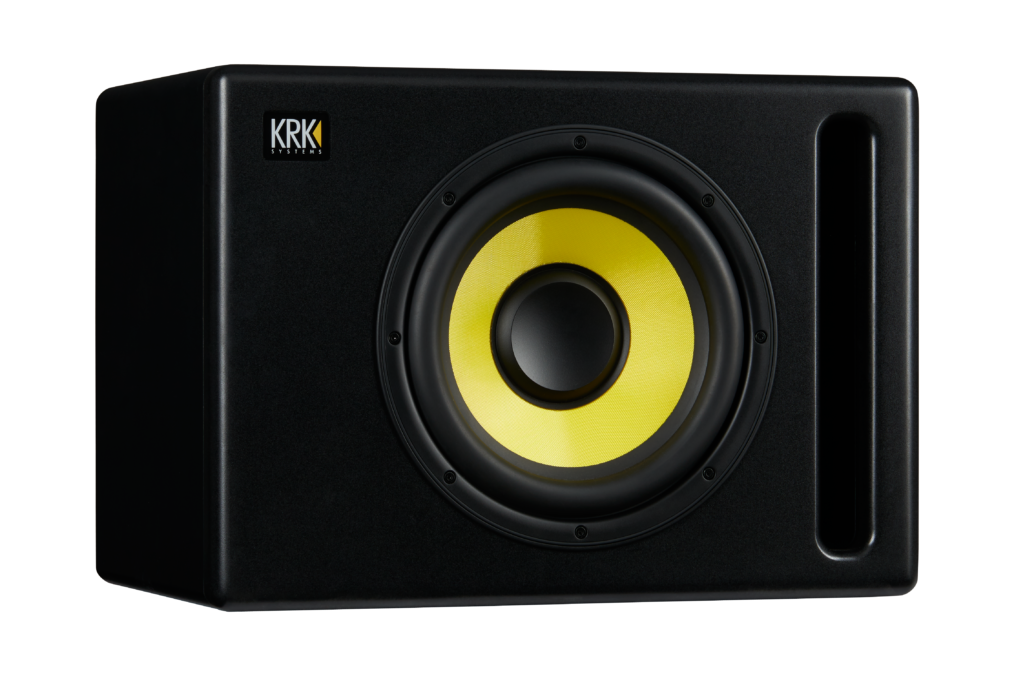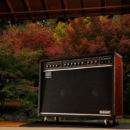In your day-to-day career as a working musician, how you move forward with potential new clients is just as important as the I always take a potential new client on a “date” before any work begins. Having an initial meeting does a few things: The first is that you can get a feel for how your personalities mesh. Second, you can get on the same page with the client as far as what’s expected on both ends. Don’t ever agree to do a job for someone for which you know you can’t deliver. Have a good understanding of what you can and can’t do. This will help you decide if it’s the right fit for you or not.
If everything looks good and you can do the job—great! But there is an elephant in the room that hasn’t been discussed yet—compensation.
Compensation
Perhaps, you may feel that you’re not quite ready to ask for it just yet. My advice, rip the Band-Aid off and just dive in.
Here’s how you bring up the subject in a nonchalant kind of way:
“Yeah, I’d love to help, what’s your budget?”
How they react will dictate how you are to proceed.
If they say they weren’t expecting to have to pay you for your time, you’ve just quashed that notion. And now it’s up to you if you decide to proceed or not.
Even if they don’t have the financial compensation for you, you do have options. Here are three:
Say no. Nothing wrong with turning work down. Saying “no” is one of the most powerful words you can learn to use.
Say yes. Maybe it’s a fun project with great people. The point is that you get to decide whether you spend your time on the project or not.
Barter or trade. I love the barter system and still use it to this day. However, the best part about using the barter system is that you are getting used to the idea of getting something for your time, and you are teaching your clients that you need them to come to the table with something, if they want you to provide your services.
Compensation Part II (How Much?)
Now, time to talk money.
How much is too much? What is this service worth? Trying to figure out your rates can be complicated at first. Here are some thoughts:
For instance, the client has $1,000 dollars to pay you for your services. Sounds good, right? This is what is known as working for a “flat rate.” While there is nothing wrong with flat rates in most one-off gig situations, working in the studio can be different. Meaning, most artists are never satisfied with their work. It could take six months for the artist to be “happy”; that $1,000 isn’t worth so much now.
It’s not advisable to do flat rates unless some certain parameters are met. The main one being the project has a firm end date. Live performance gigs are a good example of charging a “flat rate.” The night’s over, you get paid. Boom. Done. A better use of your time is to get in the habit of charging by the hour.
Finding Your Rate
Here’s a basic formula that can help you get an idea of what you should charge:
The first thing you need to figure out is what your monthly “survival” budget is. Say that number is $1,500 per month.
Now double that: $1,500 x 2 = $3,000
Next, divide by 20 working days in per month:
$3,000 •/• 20 days = $150/day
Now, divide $150 per day by 8 hours.
$150 •/• 8 hours = $18.75/hour
You’ve come up with $18.75 per hour. What this is, is your minimum wage, your super-bro/sis rate. The idea behind this is just like a car dealership. What you do is when someone asks you how much you charge, you mark your sticker price up. I like to say that you should double it, so maybe start your negotiation at $40/hour. Your client may respond by saying that that’s too expensive. You now have the ability to say something like “You know, I like the project, I like you. How about $30 dollars and hour?” Make the client feel like they’re getting a special deal. All the while, you are making a living wage for yourself.
Getting Paid
Now, actually getting the money you are owed can be an issue with some clients. Here are some thoughts about different methods of getting your money.
Getting Paid Up Font
This one is tricky, especially if you’re charging hourly, as you don’t know how long you’ll be working on the project. However, for live gigs or session work, this could be an option.
Getting a Deposit
Same problem as getting paid up front: With some live and studio gigs you can do this.
Contracts
While I am an advocate of having a contract with all of my clients, it is in no way a guarantee that you will be able to collect your money.
Putting it another way: You may end up spending more time and money trying to enforce a contract than you would have been paid.
How I Get Paid Every Time
I have discovered a fool-proof way of getting paid for my work in the studio every single time. And it’s a very simple solution: First of all, I expect to be paid at the end of each day. However, what do I do to ensure payment? I give the client nothing, until I’m paid. Once you give a client the work that you’ve done, you’ve lost all leverage in the situation. And now you’re chasing them to pay you. Hold on to all the work and tell the client that you’ll be happy to give them everything you’ve done; they just need to pay what they owe.
KRIS HAWKINS is an Emmy-winning music producer, award-winning educator, and author of The Working Musician’s Handbook for Professional Success (Rowman & Littlefield Publishers). For more information: krishawkinsmusic.com, [email protected]












